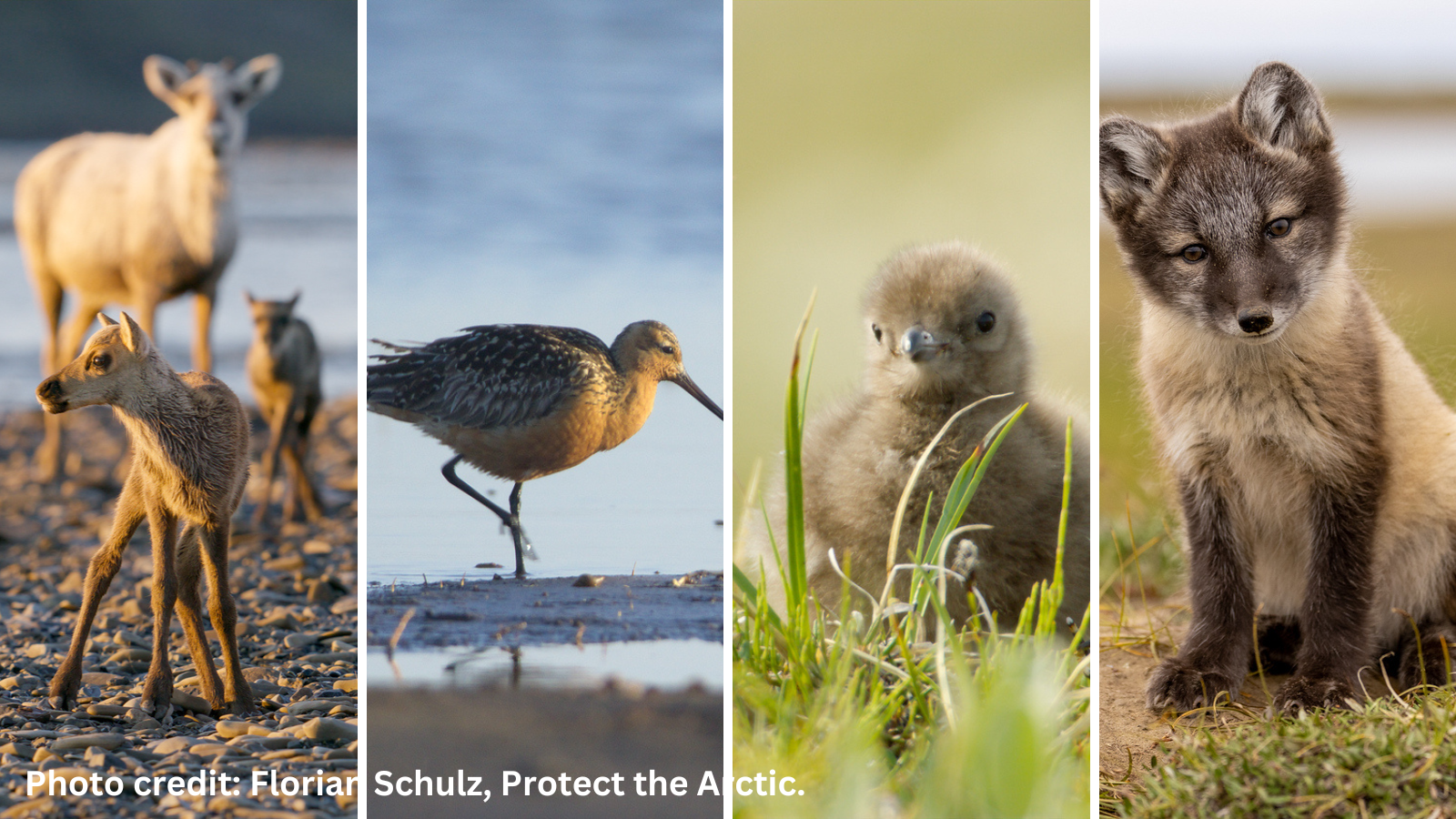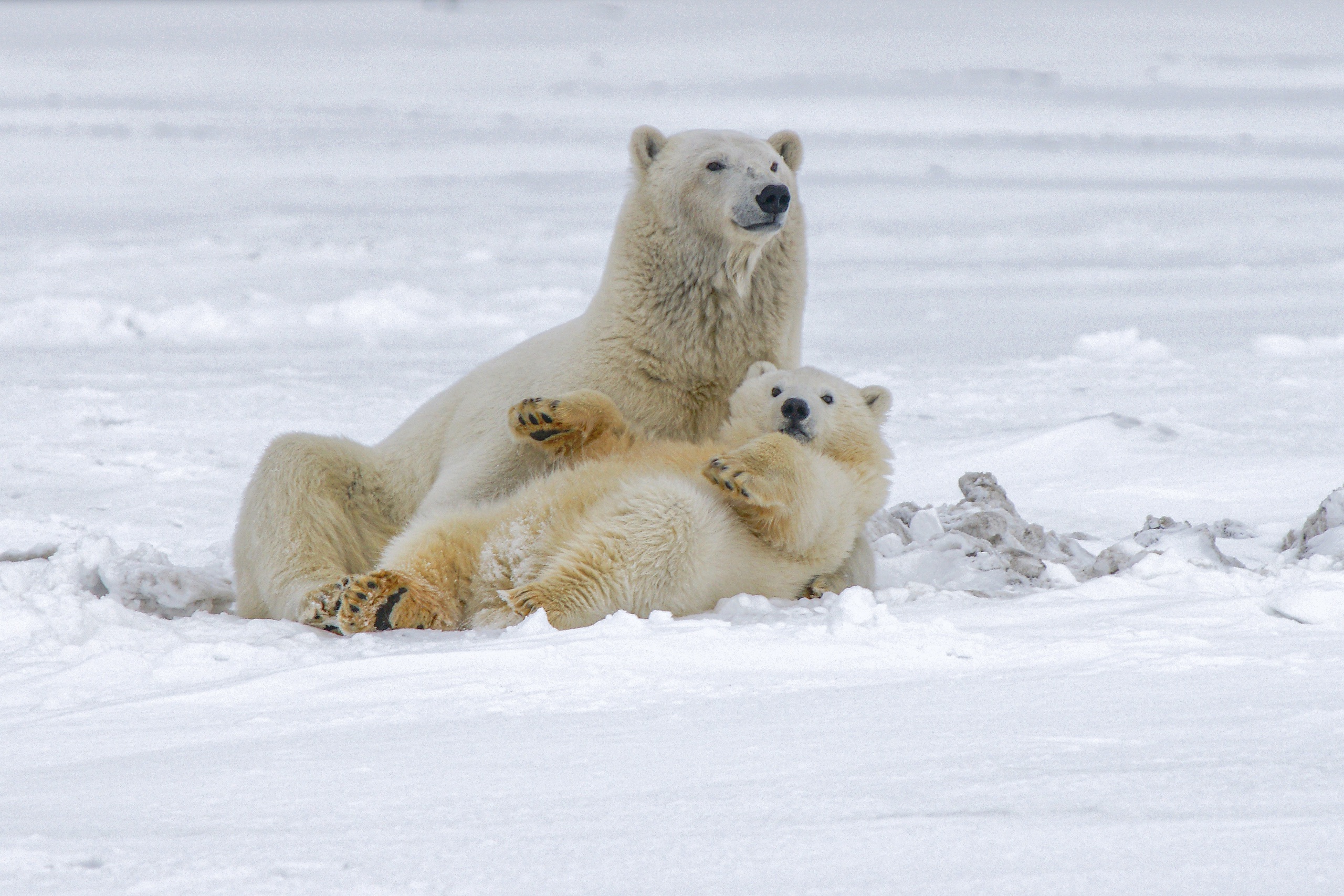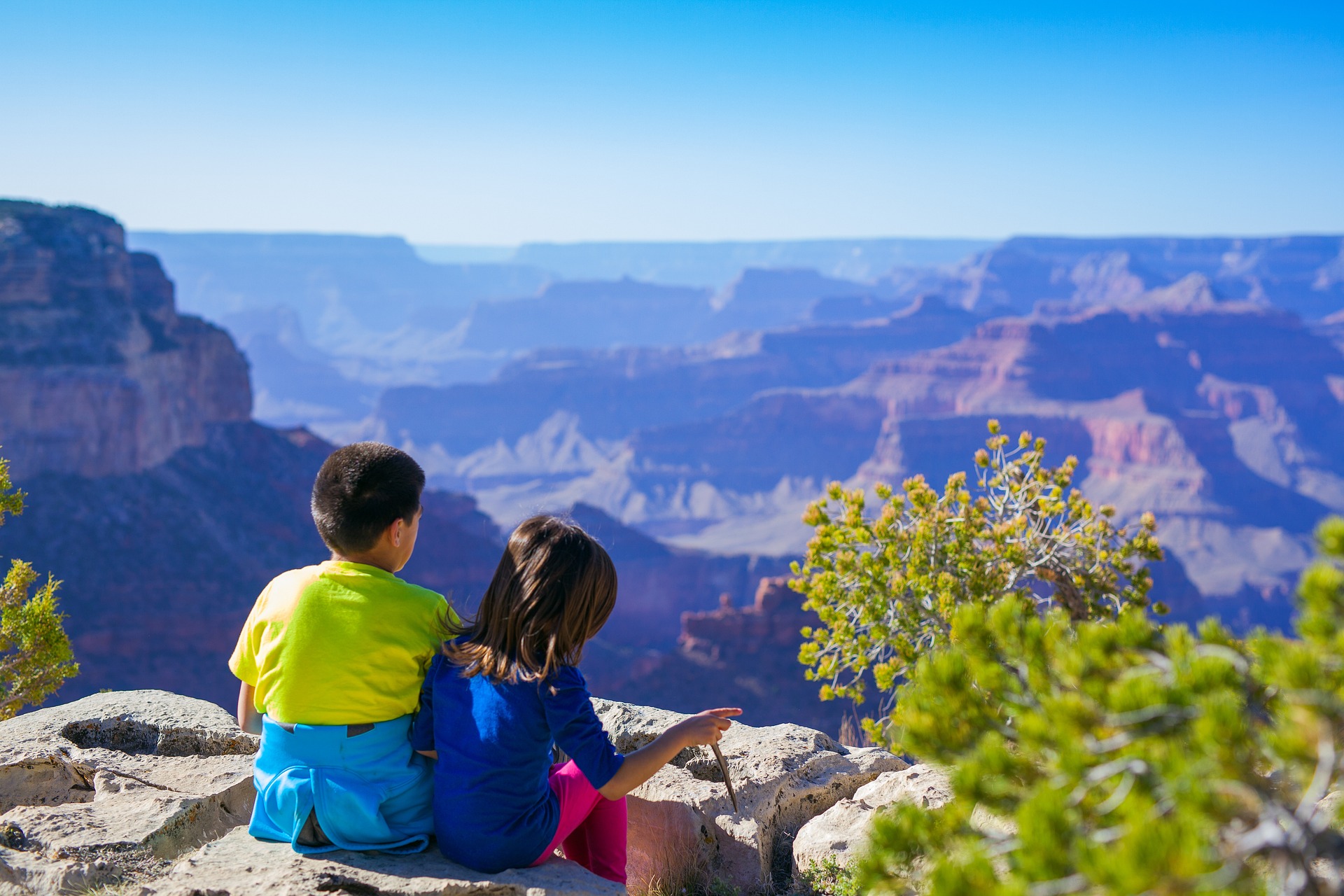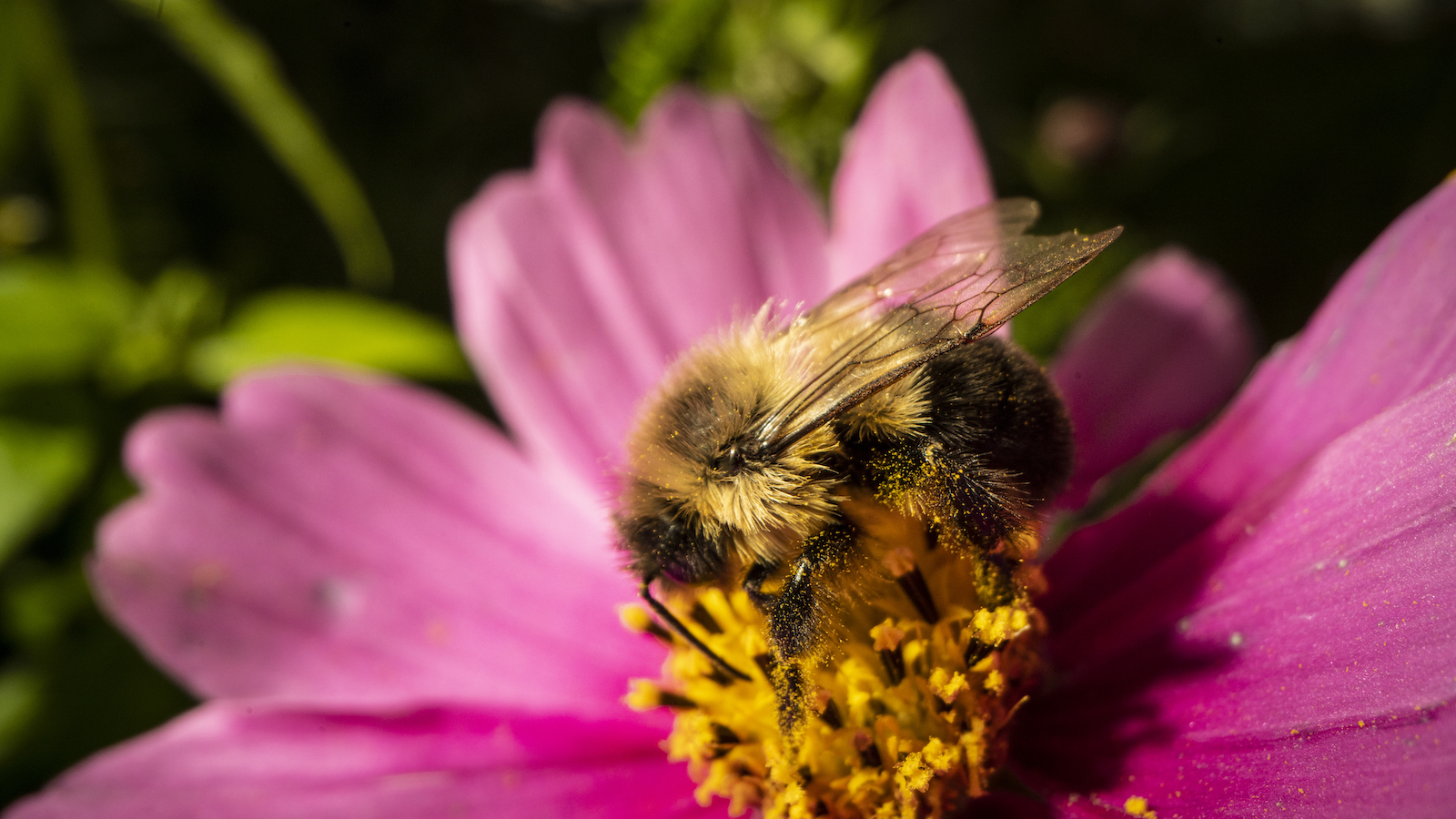
5 Facts for International Polar Bear Day
Celebrating International Polar Bear Day by sharing facts you should know about our Arctic friends

by Morgan Spraker
Considering polar bears are so beloved and easily recognizable, it’s not surprising we have an International Polar Bear Day, which we officially celebrate today. However, paradoxically, even with all the love, if current global warming trends continue, these majestic creatures are at risk of extinction. With that in mind, consider these five polar bear facts that can remind us of what’s necessary to create a kinder, more livable world for this species.
(1) Polar bears are classified as vulnerable
Polar bears are the largest land carnivores and largest bear species, but they still face danger. With a population between 22,000 and 31,000, they are officially classified as vulnerable. Unless the conditions for polar bear survival and reproduction improve, becoming officially endangered could be next.
(2) International Polar Bear Day means something to polar bears, too
International Polar Bear Day takes place right now because it’s during the denning period. This is the time of year when female bears build a den to protect themselves and newborn cubs. This process is essential for polar bear population growth because it protects the cubs and ensures they’ll survive into adulthood. When cubs are born in January, they are extremely reliant on their mother’s protection — they are initially blind and deaf, and only have a thin layer of fur. By the time the mother and cubs emerge from the den in March, though, they are ready to play and hunt.
(3) Polar bears and Floridians have something in common
With temperatures rising and sea ice melting, polar bears’ lives and homes are in jeopardy. They rely on the ice for hunting, finding mates and denning, among other essential activities. As ice melts, polar bear habitats shrink and sea levels rise. Likewise, low-lying Florida habitats have a lot to lose from higher waters. If this trend continues, several key habitats could find themselves submerged. As is the case with rising sea levels impacting Florida, it’s in the best interest of polar bears and their habitats to halt global warming.
(4) Global warming isn’t the only threat they face
With the oil and gas industry continuing to press for an opportunity to excavate oil in the Arctic, activity from rigs, roads and heavy equipment can damage already-sensitive ecosystems. Any drilling could damage polar bear habitats, but this activity would pose a particular threat to a third of denning grounds. Keep in mind, if a polar bear comes into contact with an oil spill, the fossil fuel can damage their capacity to maintain body heat—and is poisonous if ingested.
(5) Residents of Churchill, Canada may be the most familiar with these bears
In Churchill, Canada, daily life between October and November can include a polar bear encounter. That’s right — it’s not strange to see polar bears wandering the small bayside town’s streets. The bears come ashore during the warmer summer months, and before the ice returns, meander through Churchill en route toward the bay. There’s a healthy respect between the humans who live in this town and these bears. In fact, the locals make the bears make it home safely. Churchill’s Polar Bear Alert Program is a 24-hour hotline — 675-BEAR — that’s available to the town’s 900 year-round residents. It allows residents to call in and report a bear sighting.
Like many vulnerable, threatened or endangered species, polar bears benefit when humans embrace environmentally friendly behaviors. To create a cleaner future in which polar bears can thrive, support stopping oil drilling in the Arctic, working toward 100% renewable energy, and ensuring lowering carbon emissions. So when celebrating the polar bear today, be sure your own actions will impact the species positively.
Topics
Find Out More


Protect the Grand Canyon

A look back at what our unique network accomplished in 2023

